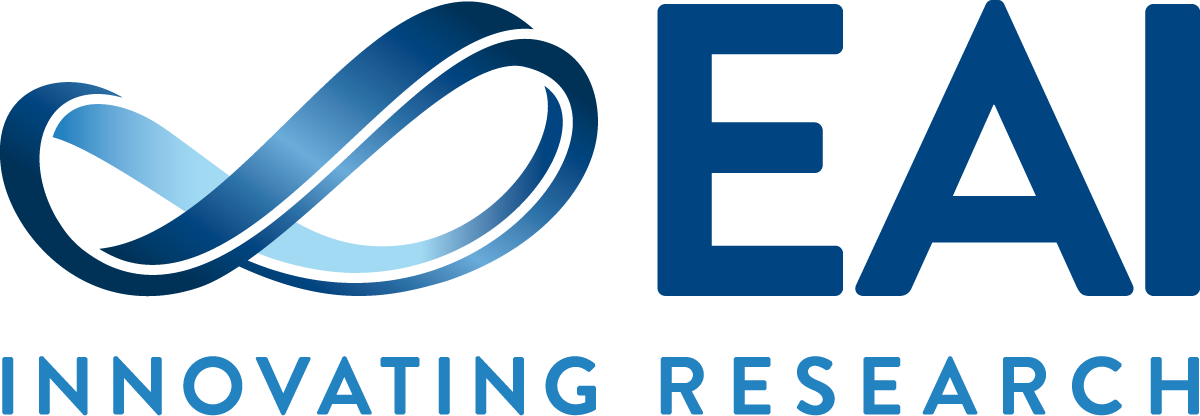Andrea Sanna graduated in Electronic Engineering in 1993, and received a Ph.D in Computer Engineering in 1997, both from Politecnico di Torino in Italy. He currently holds an associate professor position at the 1st School of Architecture. His research interests span from scientific visualisations to low-cost tracking systems and he has authored and co-authored several papers in the areas of computer graphics, virtual reality, parallel and distributed computing, scientific visualization and computational geometry. He is a Senior member of ACM and, crucially, the general chair of INTETAIN 2015, which we have talked to him about.
As the General Chair of INTETAIN 2015, can you tell us what we should expect from the 7th edition of the International Conference on Intelligent Technologies for Interactive Entertainment?

I think and hope that the next edition of INTETAIN will bring together scientists, practitioners, professionals and students to share experiences and ideas about new HCI forms and interaction paradigms for entertainment. Nowadays, we are experiencing a deep and fast innovation in ICT technologies. These changes are concurrently a challenge and an opportunity to rethink the way we interact with everything that surrounds us. Indeed, INTETAIN 2015 is the best occasion to reinforce the community of people that are deeply involved in investigating and developing new and exciting forms of entertainment and art. Moreover, INTETAIN 2015 attendees will benefit from very high quality keynote speeches, as well as interesting workshops and demo sessions.
Human-Computer Interaction studies aim to develop new forms of interaction between people and computers, and need the support of both human science and computer science. How can these two disciplines collaborate?
The term Human-Computer Interaction can be dated back to late 1970s when it the importance of “usability” was immediately clear. A computer, and a machine in general, cannot be usable if issues such as human factors, cognitive psychology and ergonomics are not taken into account. Computer and human sciences have to collaborate in order to design and develop more natural, intuitive and robust interfaces. When this collaboration is absent, highly innovative and performing systems can also be rejected as too difficult to use. INTETAIN 2015 is an important opportunity for humanists and scientists to meet and collaborate. Moreover, artists are also welcome to join the INTETAIN community, as their inspiration can feed designers and developers creativity.
What challenges will researchers face in Human-Computer Interaction studies over the next several years?
As I said before, the main goal for HCI researchers should be to simplify and improve the way we use any kind of machine. The current trend is mainly devoted to identifying and implementing the best form of natural, and often multimodal, interfaces between humans and machines. From a technological point of view, we can expect a miniaturization of devices, which will be easier to embed in clothes and other wearable accessories. On the other hand, such a deep technological revolution can give rise to psychological issues – new technologies have to be accepted, and all people should benefit from these improvements. Certainly, digital natives will take advantage from these new forms of interaction, but old and impaired people must not be forgotten.

